The GTA version of the Alfa Romeo Giulia is one of the very best performance cars of today - just as the original was in 1965.
Two years later, we were able to test a rally-prepared one.
The GTA received a shorter wheelbase, myriad weight-saving measures (to about 760kg), closer gears and a new head, Weber carbs and a new distributor for the atmospheric 1.6-litre four (160bhp). Race engineers had also fitted a limited-slip differential, heavy-duty clutch, special exhaust and more.
All this meant 0-60mph could be covered in a swift 8.8sec and quarter mile came in 16.7sec.
“The grip in the wet was quite astonishing, and even on muddy patches we were able to turn on the power very early in the bends without snaking,” our man found on the road next to MIRA’s track.
He hit the 7500rpm redline in fifth on the half-mile straight, then “brake hard and heel-and-toe to third, life off, another dab and into second for a nasty tight bend. Surprisingly, the tail stayed right in line when I opened up before the apex, and I was away again. And so I went on lapping, feeling more and more at home in the snug bucket seat, enjoying each corner more and more.”
Perhaps too much, as trying to take a slow bend in third had him understeering off into the gravel.
Yes, cars like the GTA demand respect in more ways than one.
The first Honda ever sold in the UK
By 1967, the Japanese car makers Daihatsu, Datsun (now Nissan), Hino, Isuzu, Mazda and Toyota were all familiar to Europeans, and next to come was Honda – although it already had a reputation for making talented, reliable motorbikes.
The first car that Honda ever sold here, then, was the S800, an Austin Minisize roadster with cute styling and a tiny (791cc), high-revving straight-four engine sending 70bhp through a four-speed manual gearbox to the rear axle.


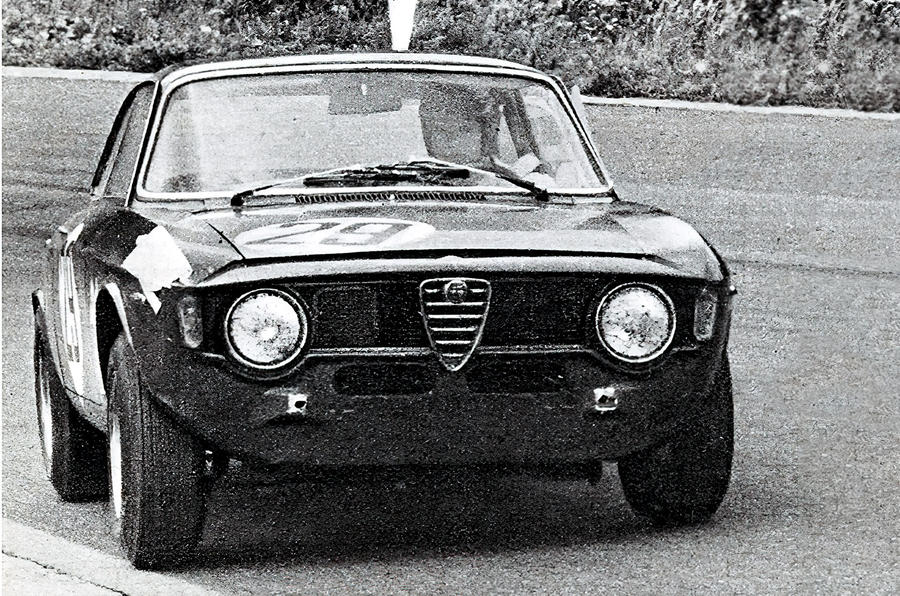


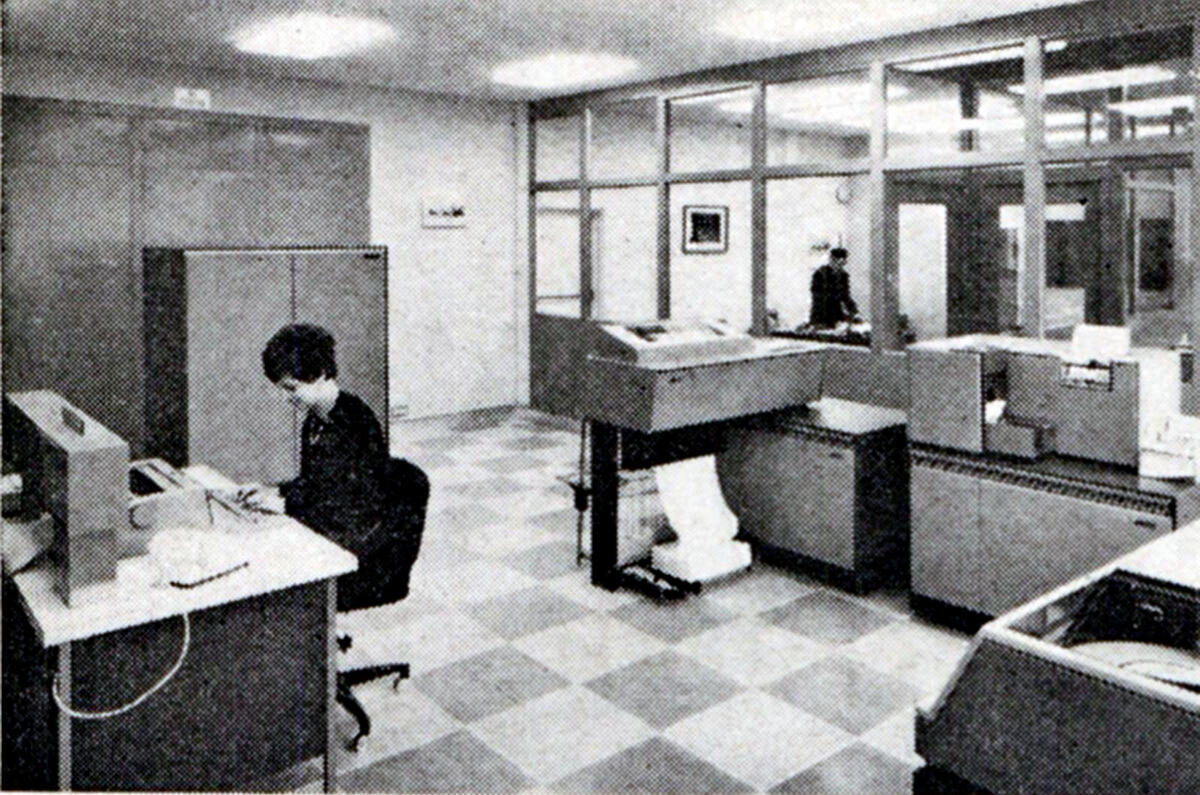
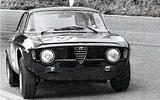




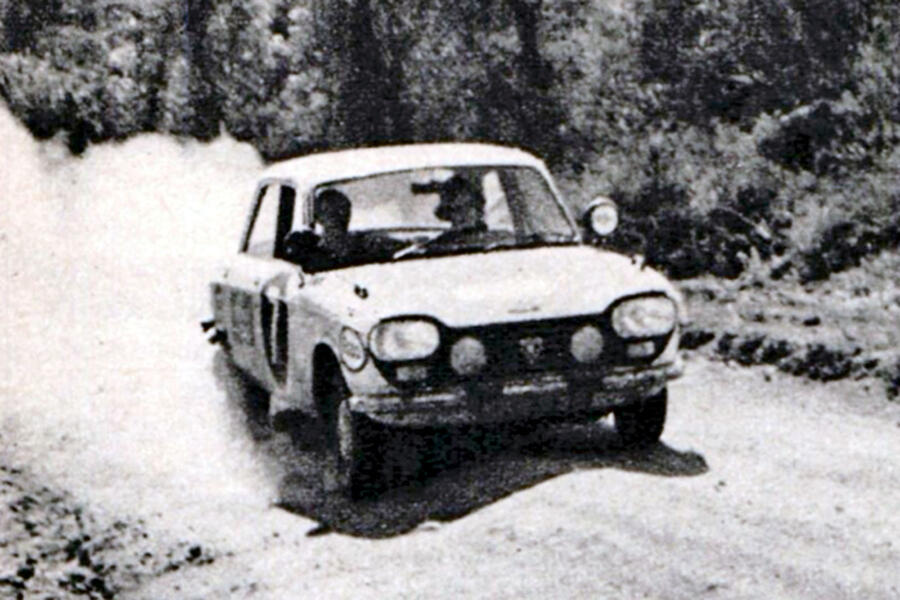
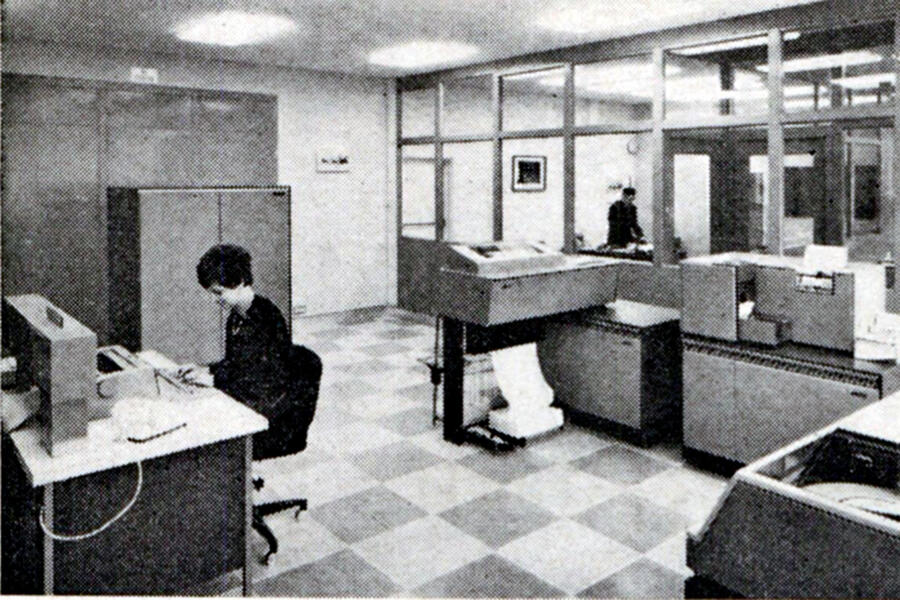


Add your comment